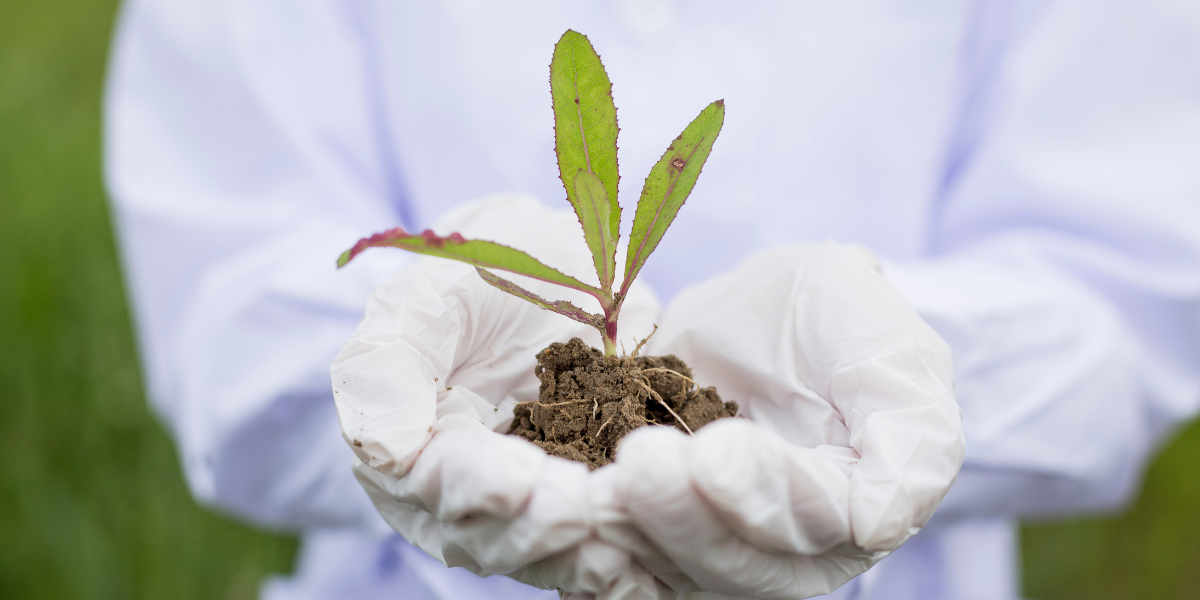An important update is available for FreeStyle LibreLinkØ. Check here for more information.
 Menu
Menu
18 Jul 2019

Studies of microbial ecology and diversity have long been subdued by inherent limitations in our ability to effectively analyse microbial populations in environmental samples.
As rapid technological changes in genetic sequencing continue to revolutionise the biomedical sciences, we have moved past these traditional barriers, gaining more resolute insight to the complex make-up and interplay of microbial populations. This has revealed a diversity of microscopic life in environmental samples that had previously been overlooked.
Challenges, however, still exist. The difficulties associated with DNA extraction from soils and sediment can be particularly irksome for both downstream PCR, qPCR or metagenomic analysis, all of which depend on good quality DNA to achieve meaningful results.
Why is it so Important to Enhance DNA Extraction from Soils?
Many critical chemical cycles and processes that support life on Earth depend on the diverse microbial communities of different habitats. Examples include the nitrogen and oxygen cycles, fermentation, and the remediation of environmental toxins. To gain a better understanding of microbial diversity within environmental sample types, methods needed to be developed to accurately identify microbial species so microbial biodiversity and function could be elucidated.
Traditionally, culture-dependent methods of sequencing, whereby microbes are grown on petri dishes and their DNA is harvested for downstream sequencing, have been shown to be flawed. This is because only around 1% of total soil microbial species are culturable (Verma and Satyanarayana 2011). This meant that 99% of species in a cultured sample were going unnoticed, leaving scientists with an information gap they didn’t know existed.
This discovery led to the idea of extracting DNA directly from environmental samples so that this large gap in potential data could be captured. However, it has come with its own challenges.
DNA extraction from soil, for example, poses issues due to its complex heterogeneous composition. They typically contain humic acids and phenolic compounds that inhibit downstream PCR. Additionally, the hardiness of soils can make samples hard to lyse, leading to issues with DNA yields.
Sampling variation can also complicate the process. For example, the act of freezing and subsequently thawing a soil sample versus processing it fresh can change the dynamic composition of the microbial community within.
Luckily, DNA extraction technologies have also developed over time to accommodate for these difficult samples types. Most reagent suppliers have developed their own patented extraction buffers and technologies to purify DNA from a variety of environmental sample types and it is a matter of experimenting to find which one will work best for your purposes.
Metagenomics and its Applications
Metagenomics is the culture-independent approach to studying microbial communities in environmental samples. By extracting DNA directly from an environmental sample, And capturing the genomic material of the entire microbial population within, metagenomics can fill the gap that culture-dependent methods were blind to.
This ability to determine the makeup of microbial communities has opened doors to new scientific disciplines and has been applied in many different areas, including:
DNA Extraction from Soils: Quality Samples Equal Quality Results
Obtaining a repeatable, high-quality extraction for your environmental samples is essential for any metagenomic study.
In partnership with Macherey-Nagel, Mediray offers precise methods capable of delivering high-purity, high-yield DNA extraction from a diverse range of environmental sample types, including kits to extract DNA from water, soil and stool amongst others.
If you’d like to get in touch with a product specialist, contact us today.
If you enjoyed reading our articles, why not sign up to our blog mailing list? You'll get new articles straight to your inbox as they're released!